Musicians who were legends before the Billboard charts
Before the Billboard charts began to dictate musical success, artists were celebrated in different ways. These musicians laid the foundations for genres and styles that continue to influence us today. Their legacies transcend the confines of charts and sales, resonating through time as pioneers of their craft. Their impact is felt in the notes of every song, proving that true artistry knows no boundaries.
The Birth of Billboard: A Brief History
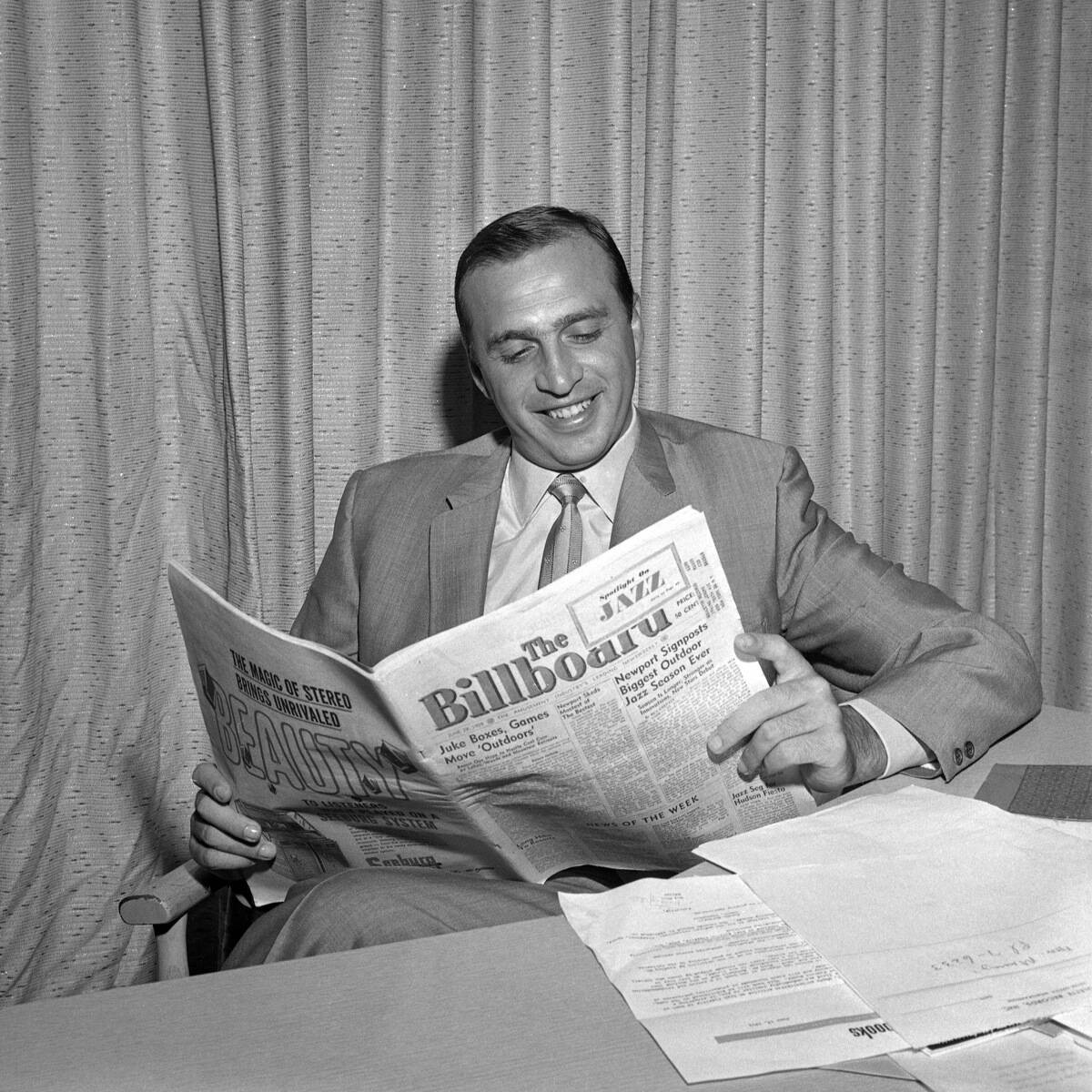
Billboard magazine was first published in 1894, initially covering the advertising and bill-posting industry. By the 1930s, it began to focus on music, evolving into the chart authority we know today. The charts provided a new way to measure an artist’s success, but before their inception, musical acclaim was based on public performances and word of mouth.
Music Before the Charts: An Overview
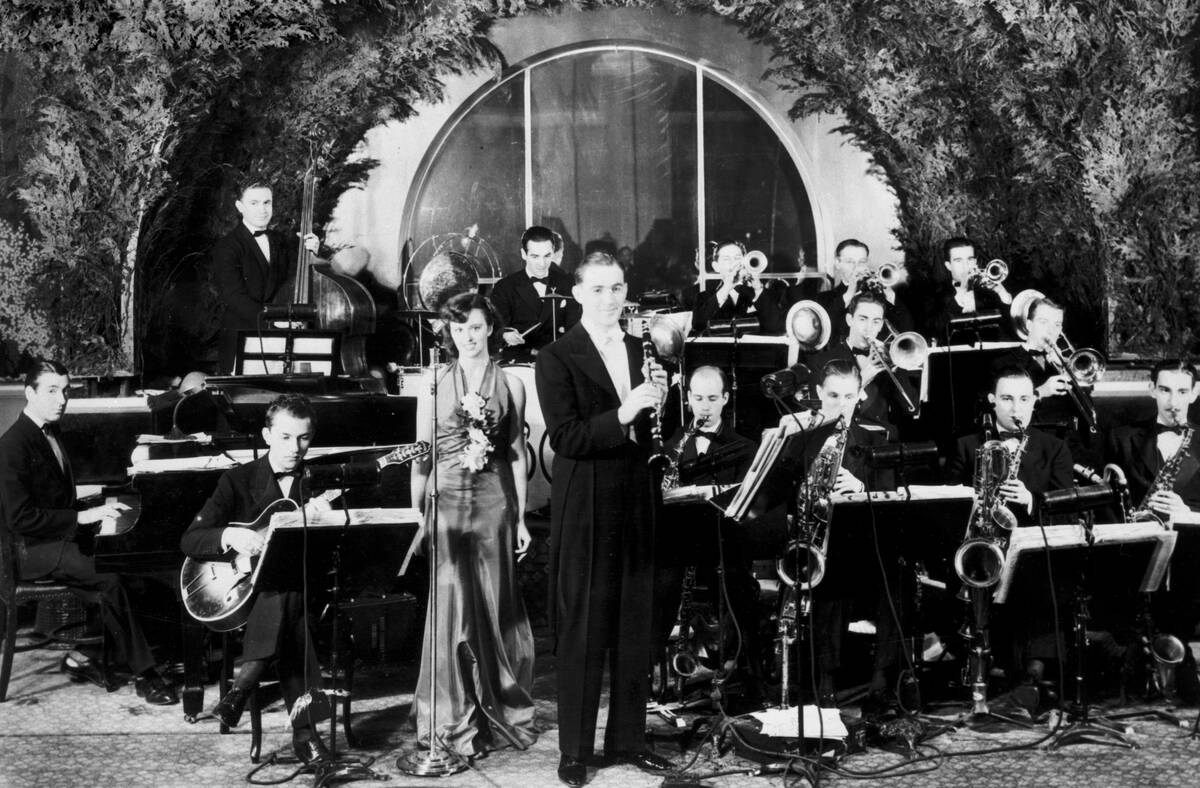
Before the advent of recorded music and charts, music was shared through live performances and sheet music sales. Composers and musicians relied on patrons for support, and their fame spread through their ability to captivate audiences. This era allowed for a purer form of artistic expression, unburdened by commercial pressures.
The Era of Classical Composers
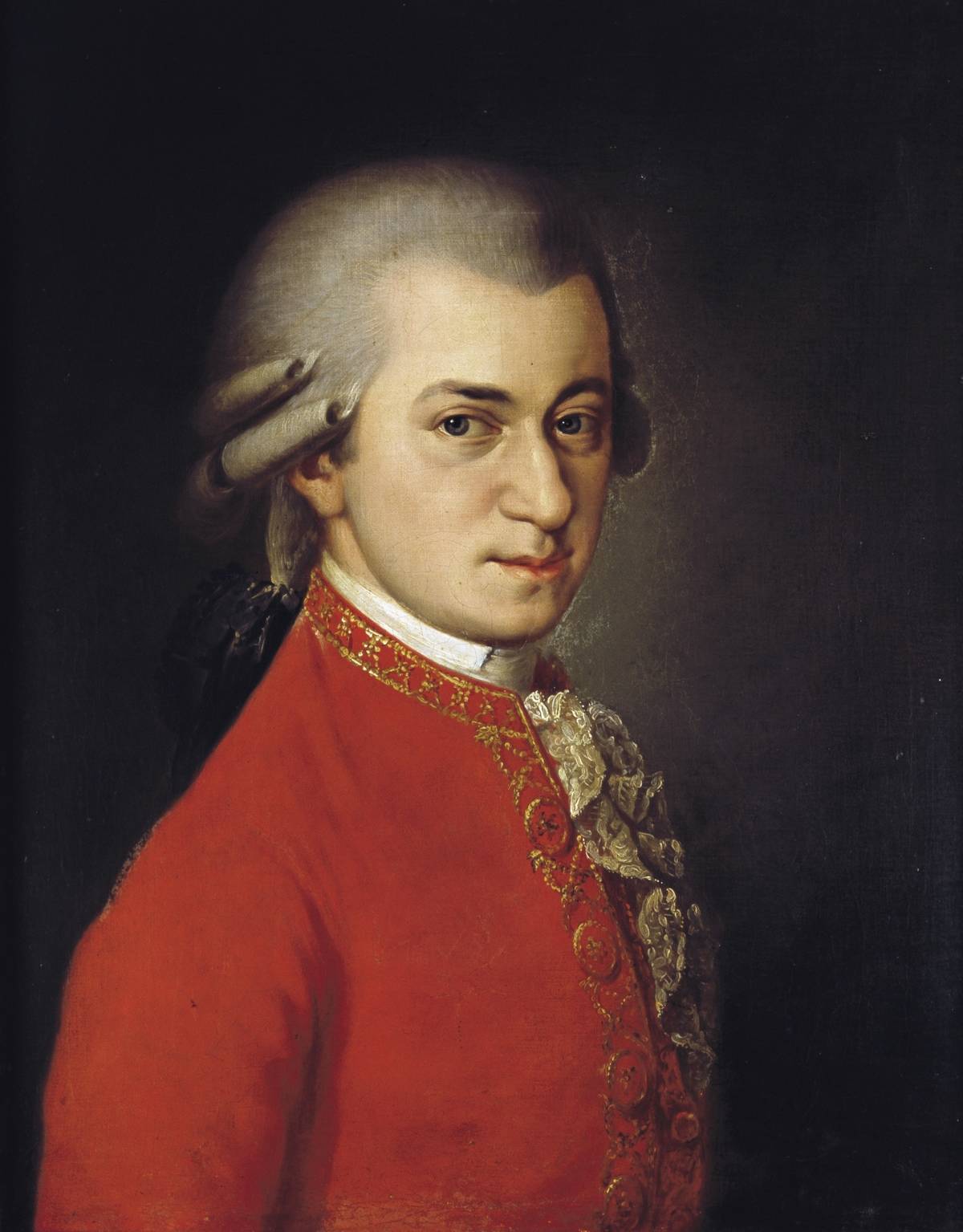
Classical composers like Bach and Mozart created timeless masterpieces that continue to be performed today. Their works set the standard for musical complexity and emotional depth. These composers were revered as artistic geniuses, and their music remains a staple in concert halls worldwide, showcasing the enduring power of classical music.
Johann Sebastian Bach: The Baroque Maestro
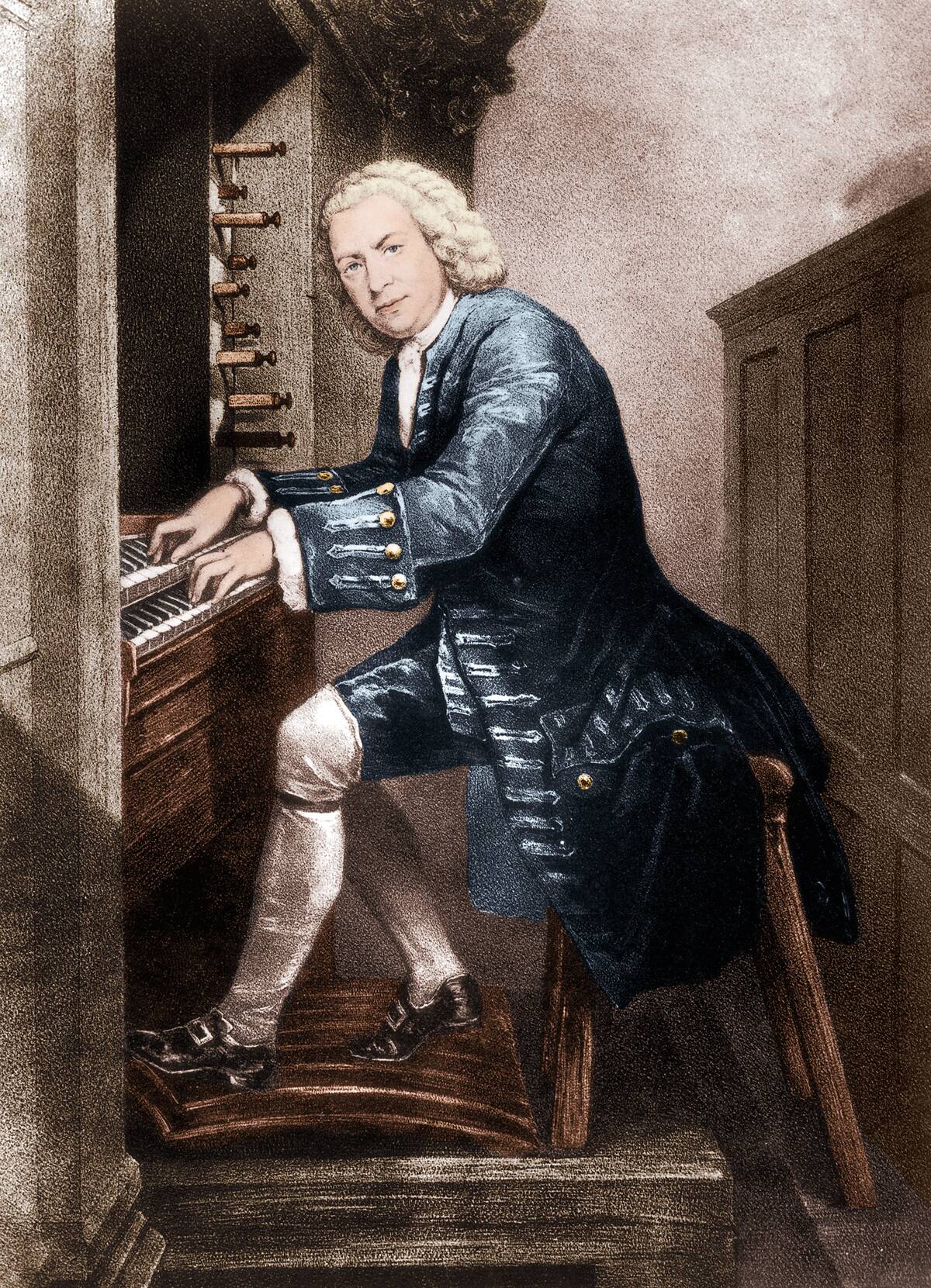
Johann Sebastian Bach, a prolific composer of the Baroque era, created intricate fugues and harmonies that still inspire musicians today. His work, such as “The Well-Tempered Clavier,” showcases his mastery of counterpoint. Bach’s music was a reflection of his deep religious faith, contributing to its profound emotional impact.
Ludwig van Beethoven: The Revolutionary Virtuoso
![Portrait of [redacted] Posing at Piano](https://media.tellmebest.com/wp-content/uploads/2023/04/portrait-of-beethoven-posing-at-piano.-13881.jpeg)
Ludwig van Beethoven’s compositions pushed the boundaries of classical music, introducing new levels of emotion and complexity. Known for his symphonies, like the iconic Ninth Symphony, Beethoven’s work bridged the Classical and Romantic periods. Despite losing his hearing, he continued to compose, demonstrating his indomitable spirit and genius.
Wolfgang Amadeus Mozart: The Child Prodigy
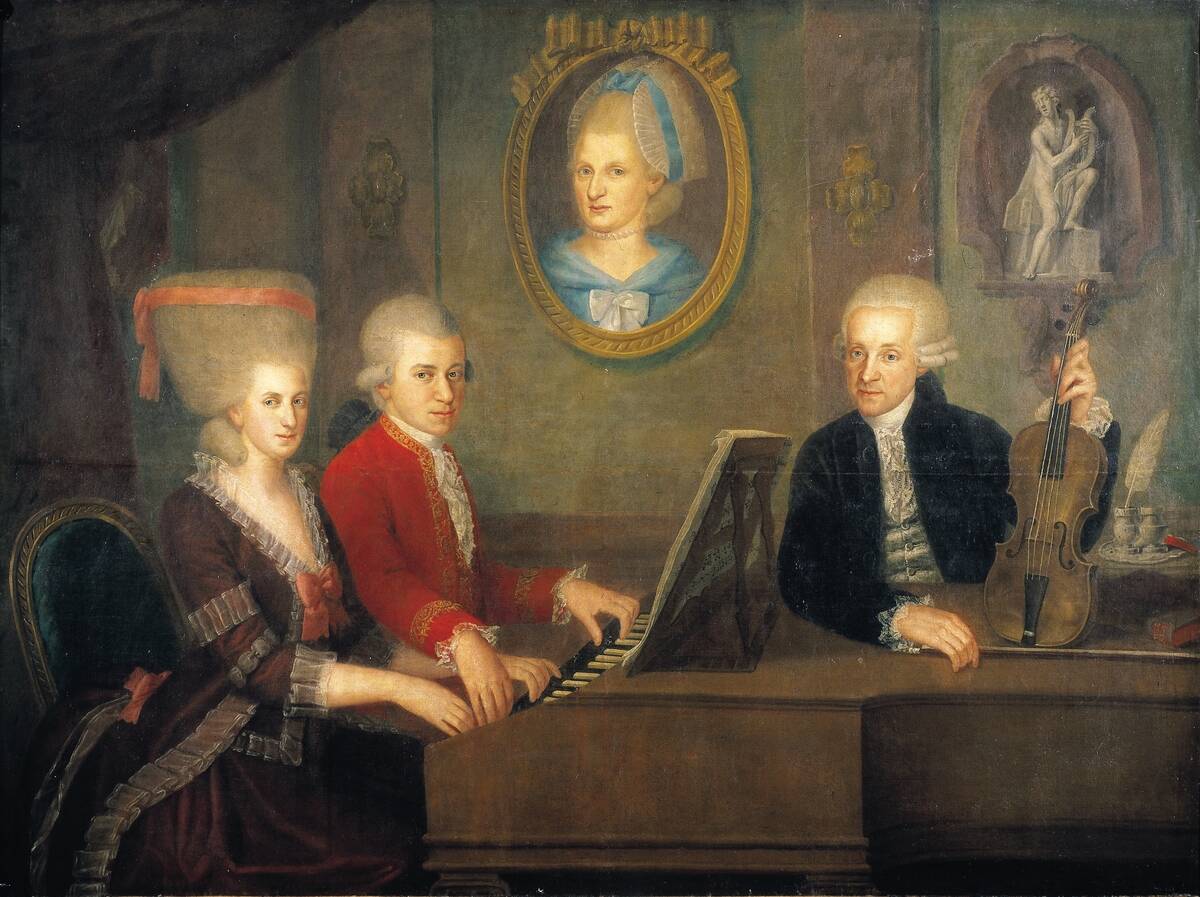
Wolfgang Amadeus Mozart was a musical prodigy who began composing at the age of five. His vast oeuvre includes over 600 works, renowned for their melodic beauty and structural perfection. Mozart’s operas, symphonies, and chamber music have enchanted audiences for centuries, solidifying his status as one of history’s greatest composers.
The Jazz Age and Its Pioneers
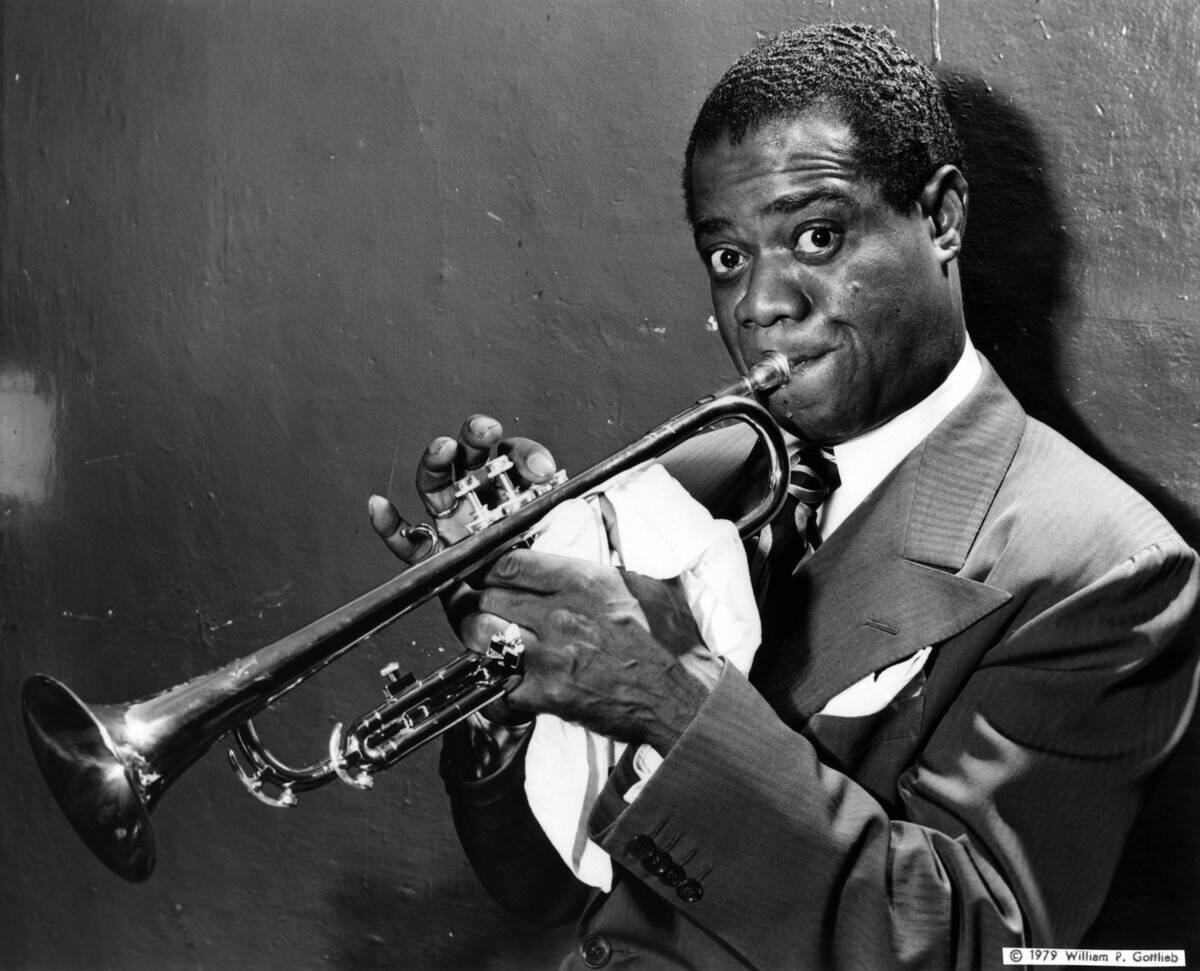
The Jazz Age of the 1920s brought a new, energetic sound to the music scene. Jazz pioneers like Louis Armstrong and Duke Ellington used improvisation and unique rhythms to create a distinctly American music style. This era was characterized by its vibrant culture and innovation, setting the stage for the future of jazz.
Louis Armstrong: The King of Jazz
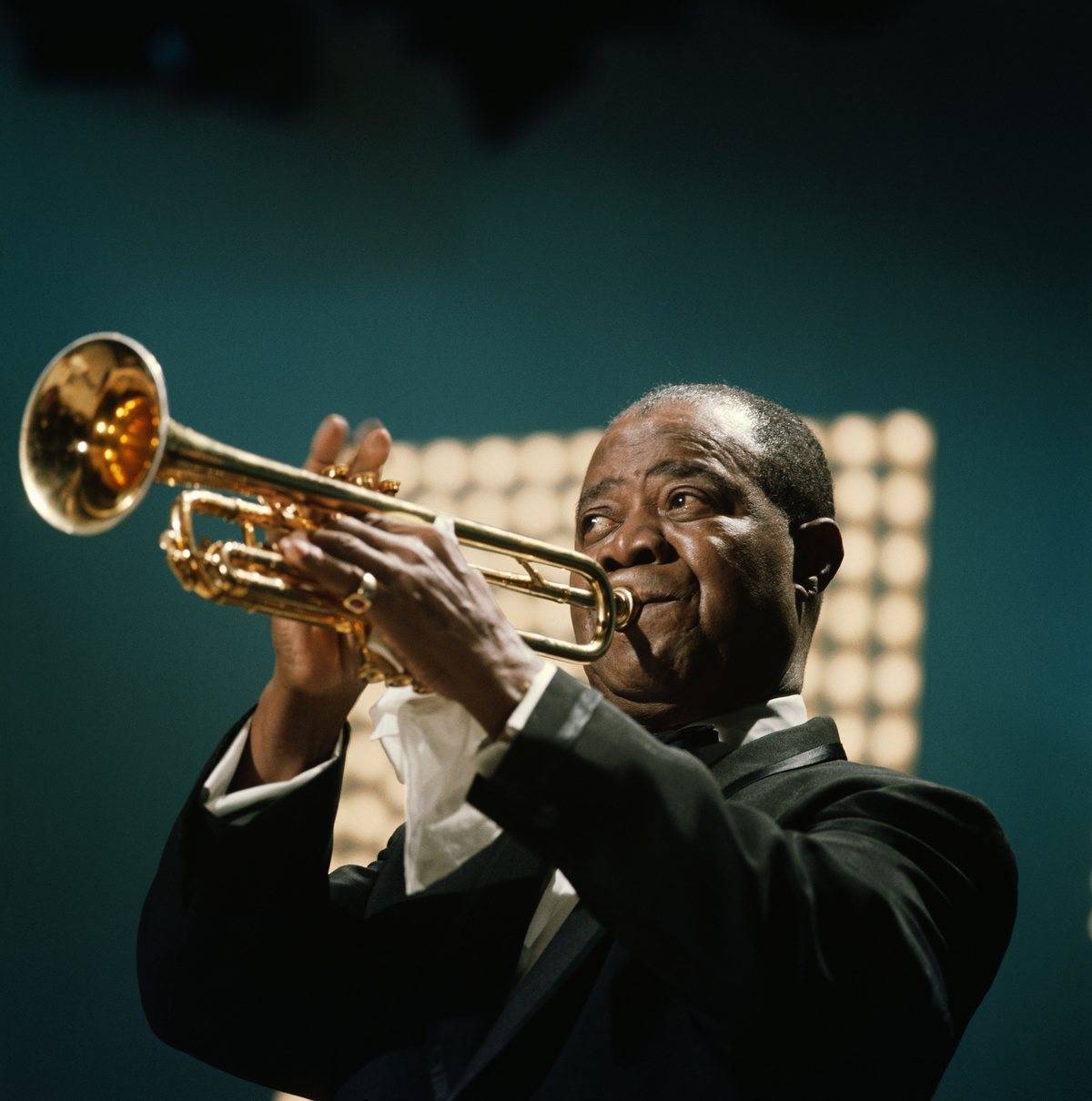
Louis Armstrong’s powerful trumpet playing and distinctive gravelly voice made him a jazz icon. Known for hits like “What a Wonderful World,” Armstrong’s influence transcended jazz, impacting all of popular music. His innovative solo performances and charismatic stage presence helped elevate jazz to new heights.
Duke Ellington: The Jazz Orchestra Leader
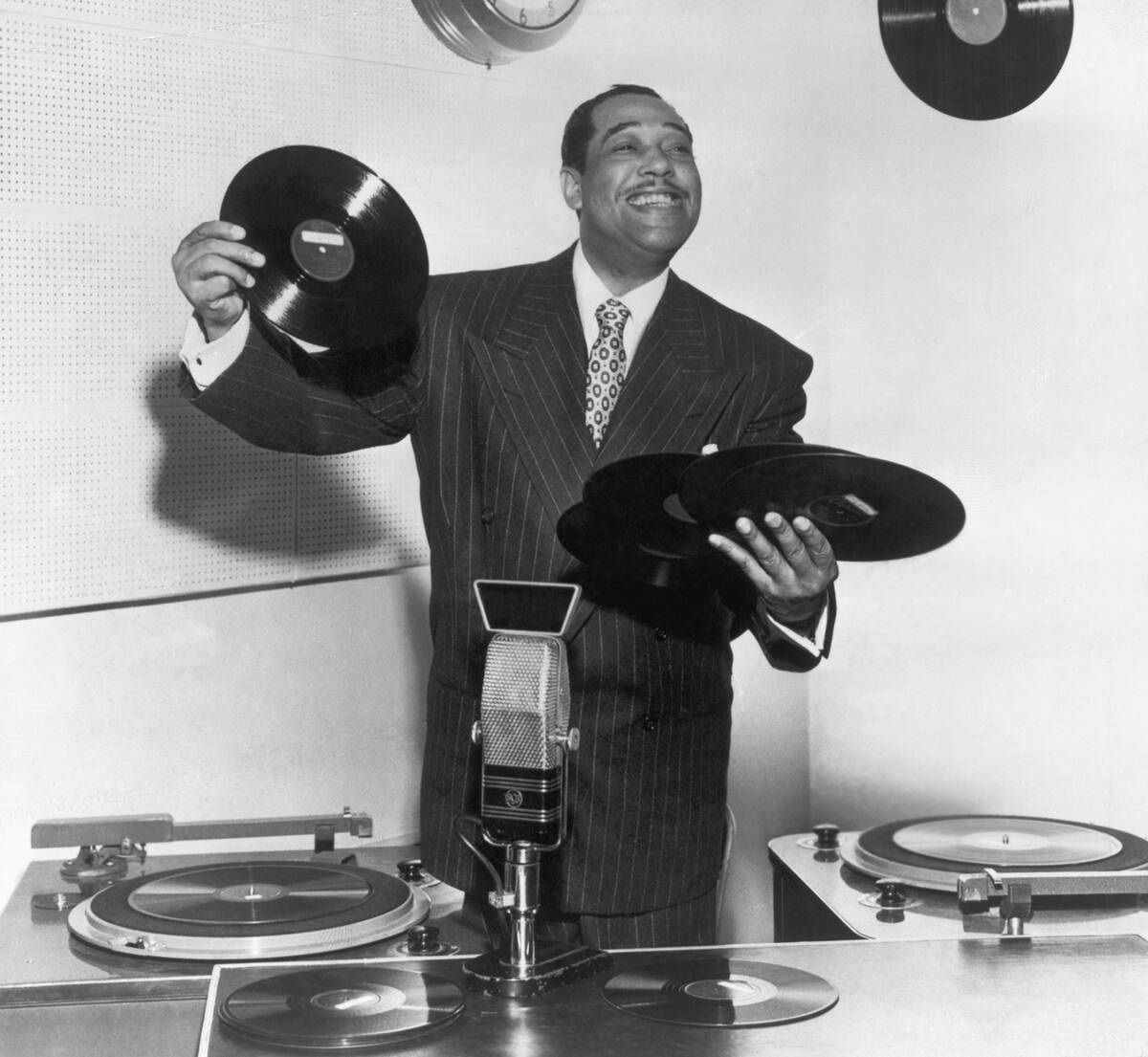
Duke Ellington’s sophisticated compositions and orchestral arrangements defined the Big Band era. Leading his orchestra for over fifty years, Ellington created classics such as “Take the ‘A’ Train.” His ability to blend various musical styles and showcase individual musicians made him a central figure in jazz history.
The Blues Legends: Setting the Stage for Modern Music
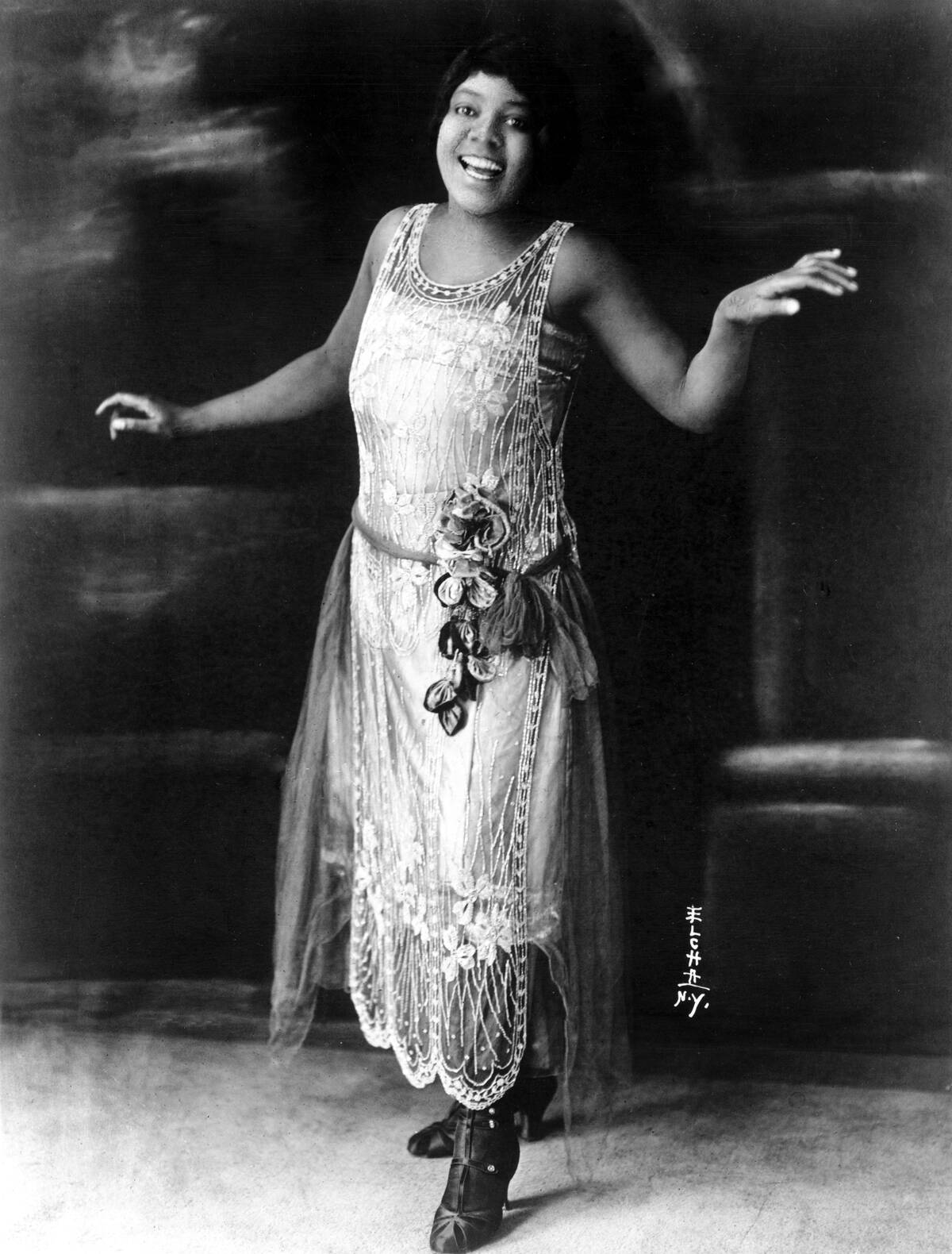
Blues music, with its roots in African American spirituals and work songs, laid the groundwork for rock and roll. Legends like Robert Johnson and Bessie Smith used their music to express deep emotions and social commentary. The raw, emotive power of the blues continues to influence artists across genres.
Robert Johnson: The Mythical Bluesman
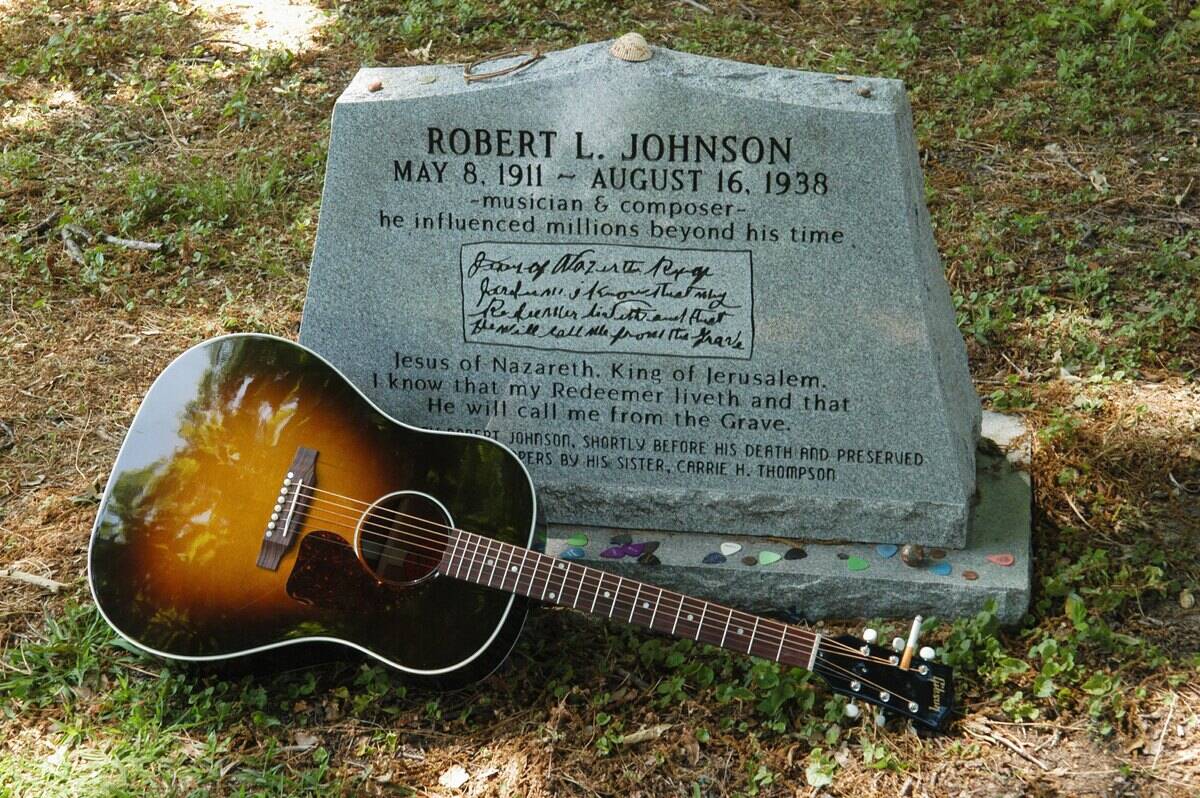
Robert Johnson’s life and music are shrouded in legend, with tales of a pact with the devil at the crossroads. His guitar skills and haunting vocals, captured in songs like “Cross Road Blues,” have inspired countless musicians. Johnson’s mysterious persona and tragic early death only add to his enduring mystique.
Bessie Smith: The Empress of the Blues
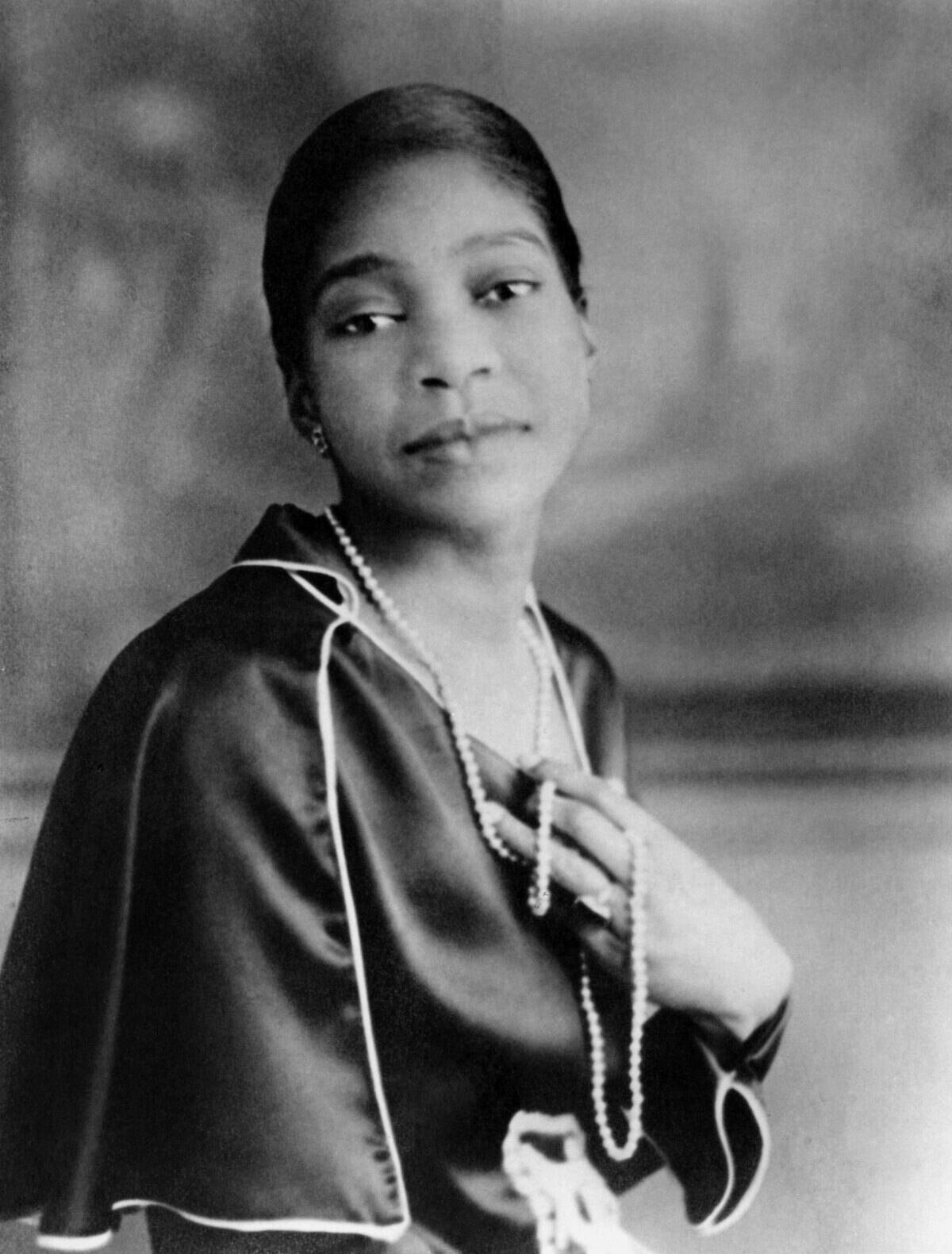
Bessie Smith, known as the Empress of the Blues, was one of the most influential vocalists of the 1920s and 30s. Her powerful voice and emotive delivery brought blues music to mainstream audiences. Smith’s recording of “Downhearted Blues” was a massive hit, cementing her place in music history.
The Rise of Folk and Country
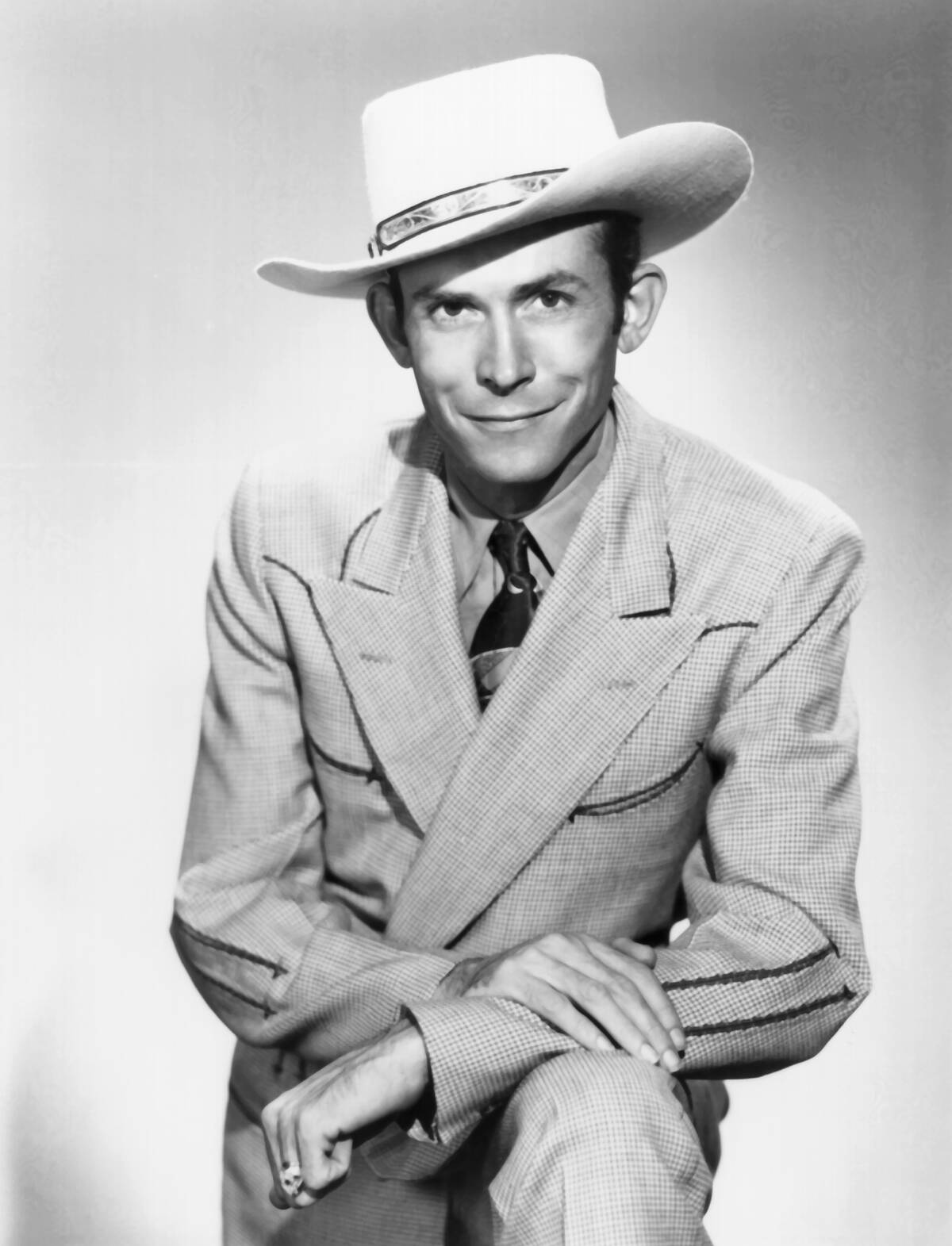
Folk and country music emerged from rural traditions, telling stories of everyday life and struggles. Artists like Woody Guthrie and Hank Williams used their music to connect with the common man. Their songs reflected social issues and personal experiences, resonating with audiences across America.
Woody Guthrie: The Voice of the People
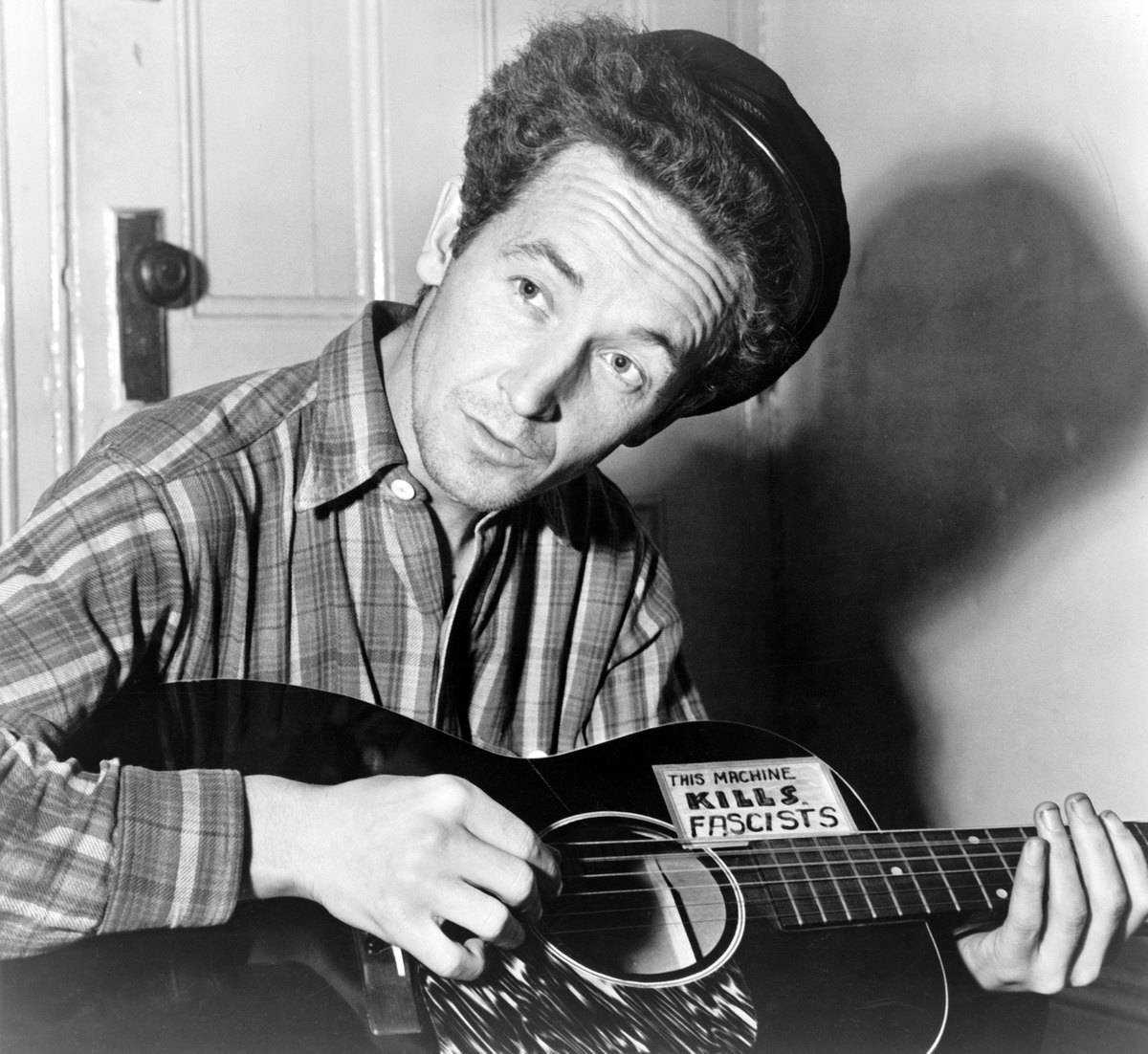
Woody Guthrie’s folk songs, like “This Land Is Your Land,” became anthems for social change. His music highlighted the plight of the working class and advocated for equality. Guthrie’s storytelling and simple melodies influenced generations of folk musicians, earning him a lasting legacy as a voice for the people.
Hank Williams: The Country Music Icon
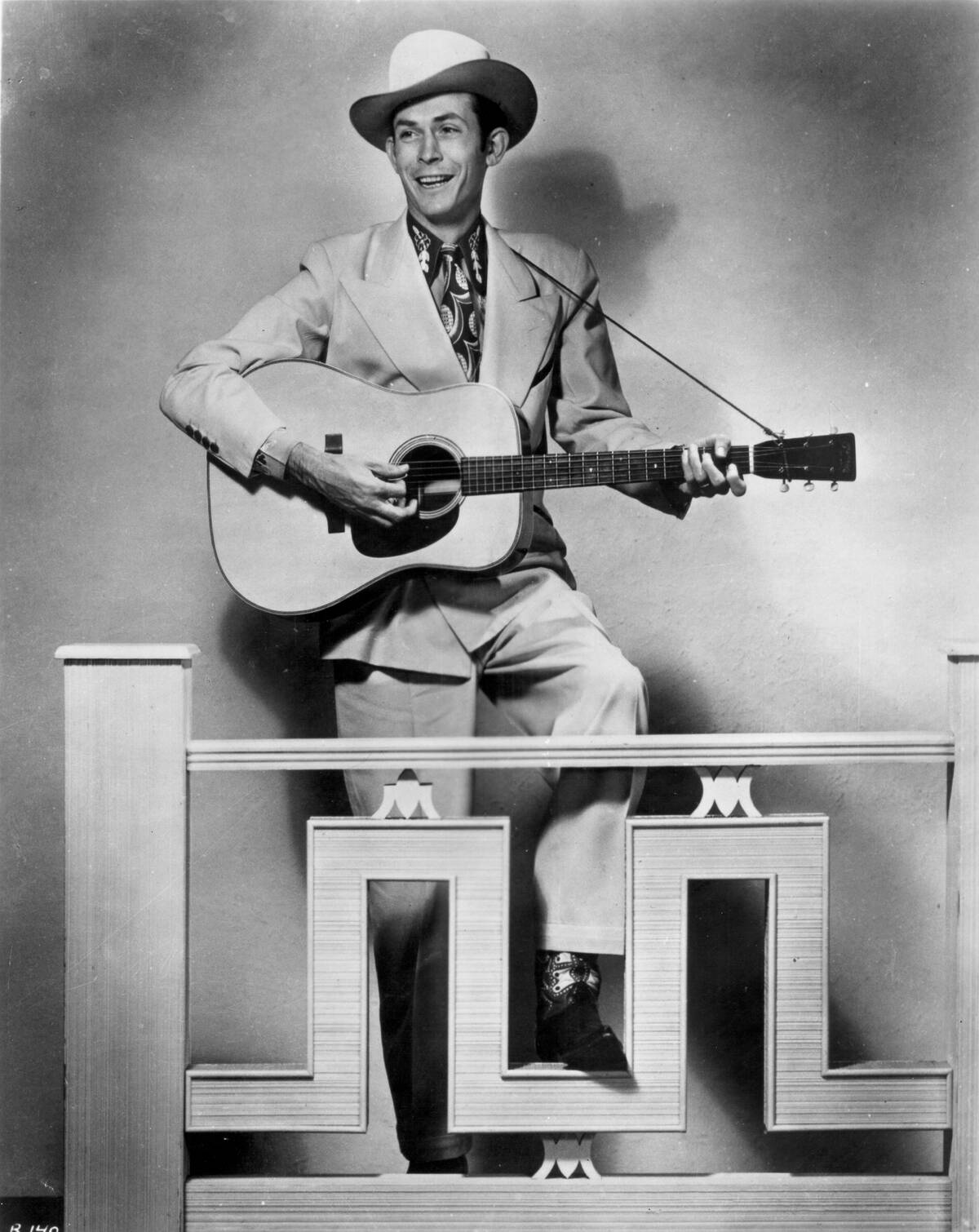
Hank Williams’ heartfelt lyrics and soulful voice made him a country music legend. Hits like “Your Cheatin’ Heart” and “I’m So Lonesome I Could Cry” captured the essence of human emotion. Despite his short life, Williams’ influence on country music is immeasurable, shaping the genre for future artists.
The World of Opera: Vocal Legends
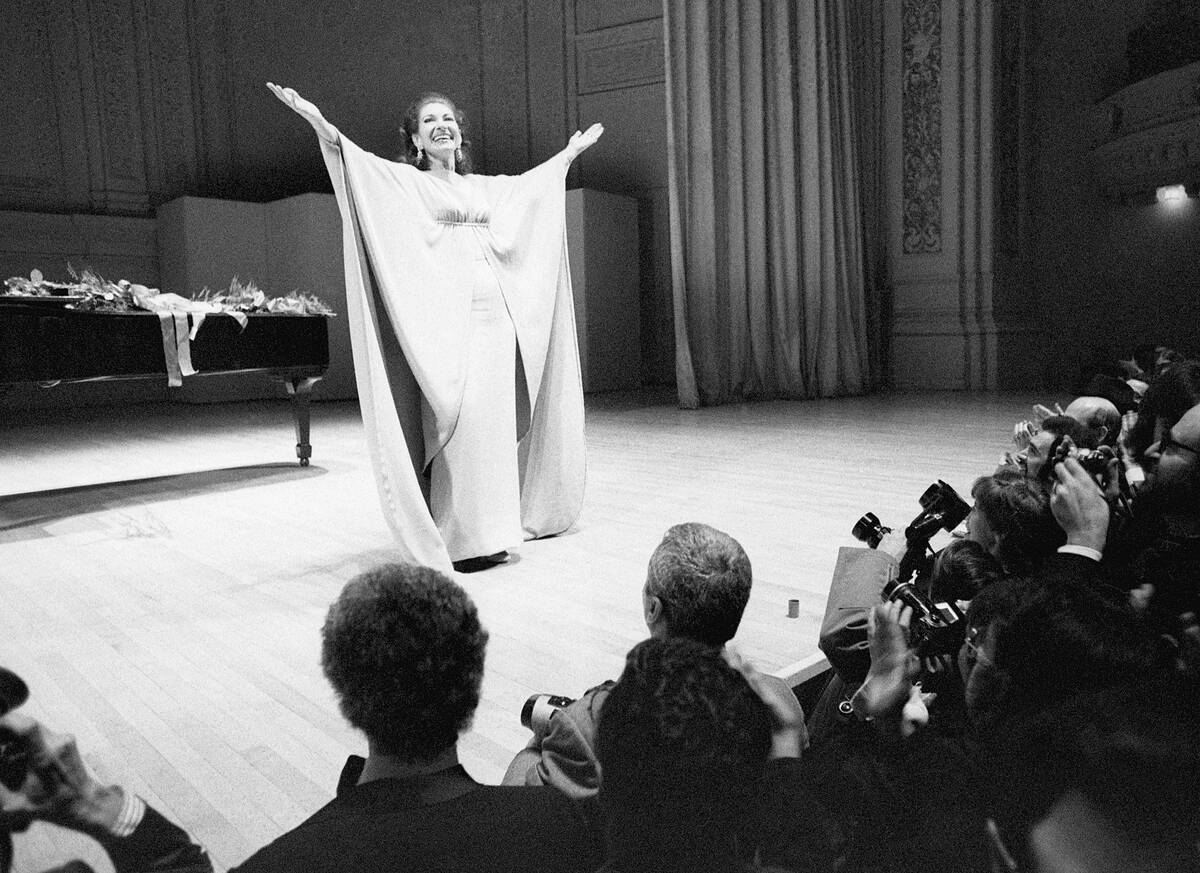
Opera has produced some of the most revered vocalists in music history. Singers like Maria Callas and Enrico Caruso captivated audiences with their powerful voices and dramatic performances. Opera’s blend of music and theater created an art form that continues to enchant audiences worldwide.
Maria Callas: The Divine Soprano
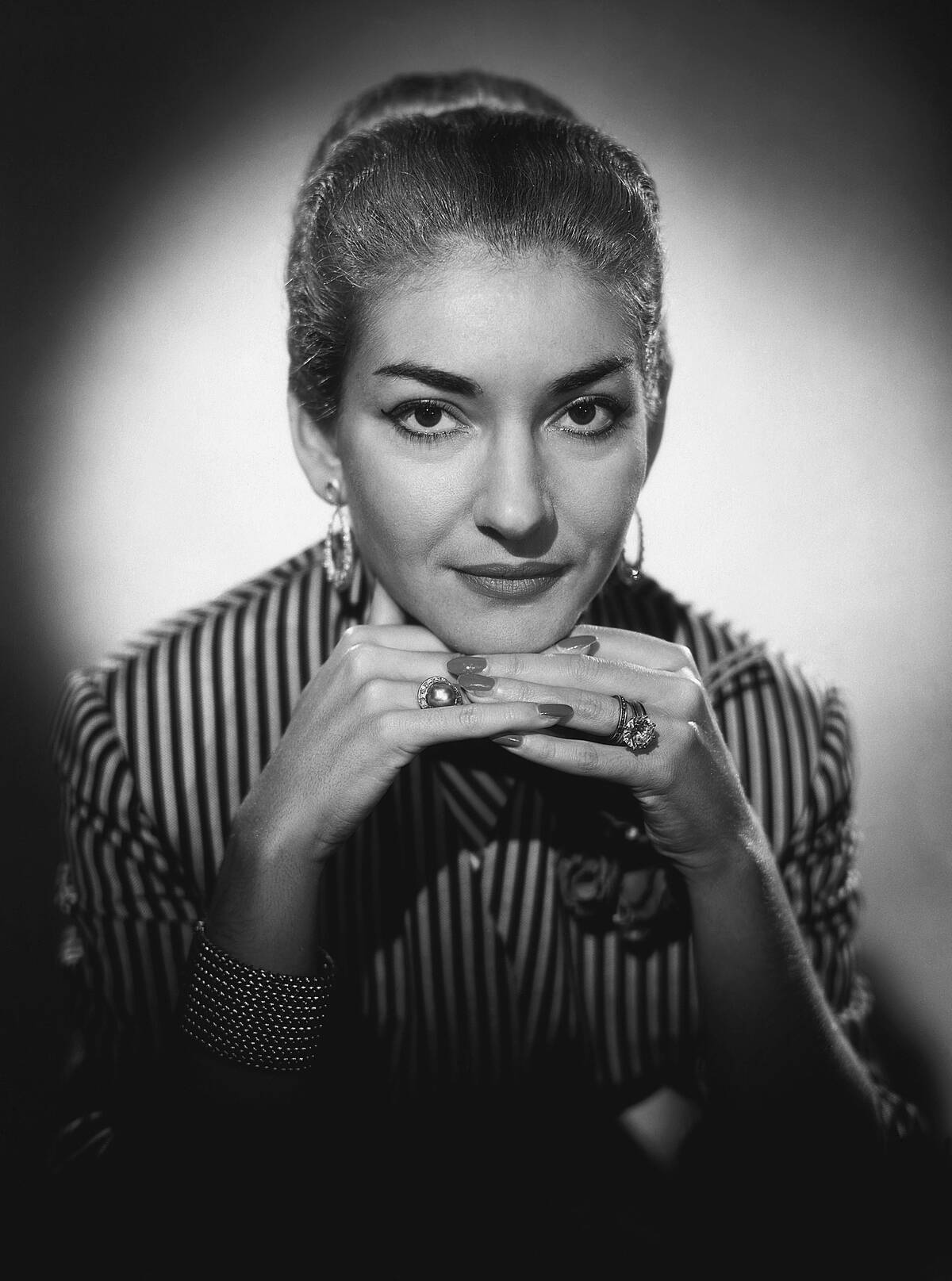
Maria Callas, known for her extraordinary vocal talent and dramatic interpretations, remains an iconic figure in opera. Her performances in roles like Tosca and Norma showcased her ability to convey deep emotion. Callas’ unique voice and artistic presence earned her the title of “La Divina,” or the Divine One.
Enrico Caruso: The Tenor Extraordinaire
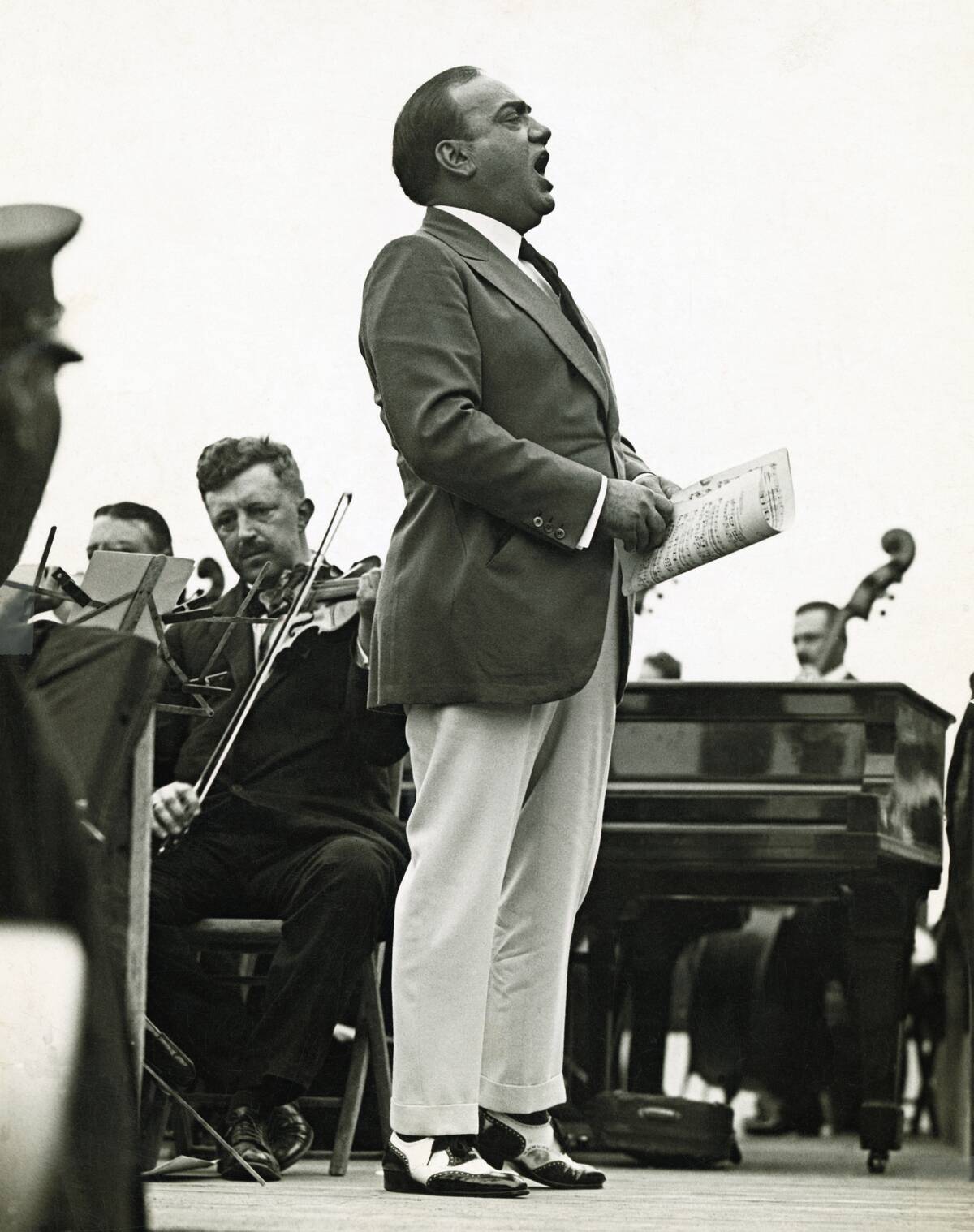
Enrico Caruso was one of the first opera singers to gain international fame, thanks to his exceptional tenor voice. His recordings sold millions, making him a pioneer in the music industry. Caruso’s legacy lives on as a benchmark for operatic excellence, inspiring generations of singers.
The Influence of Gospel Music
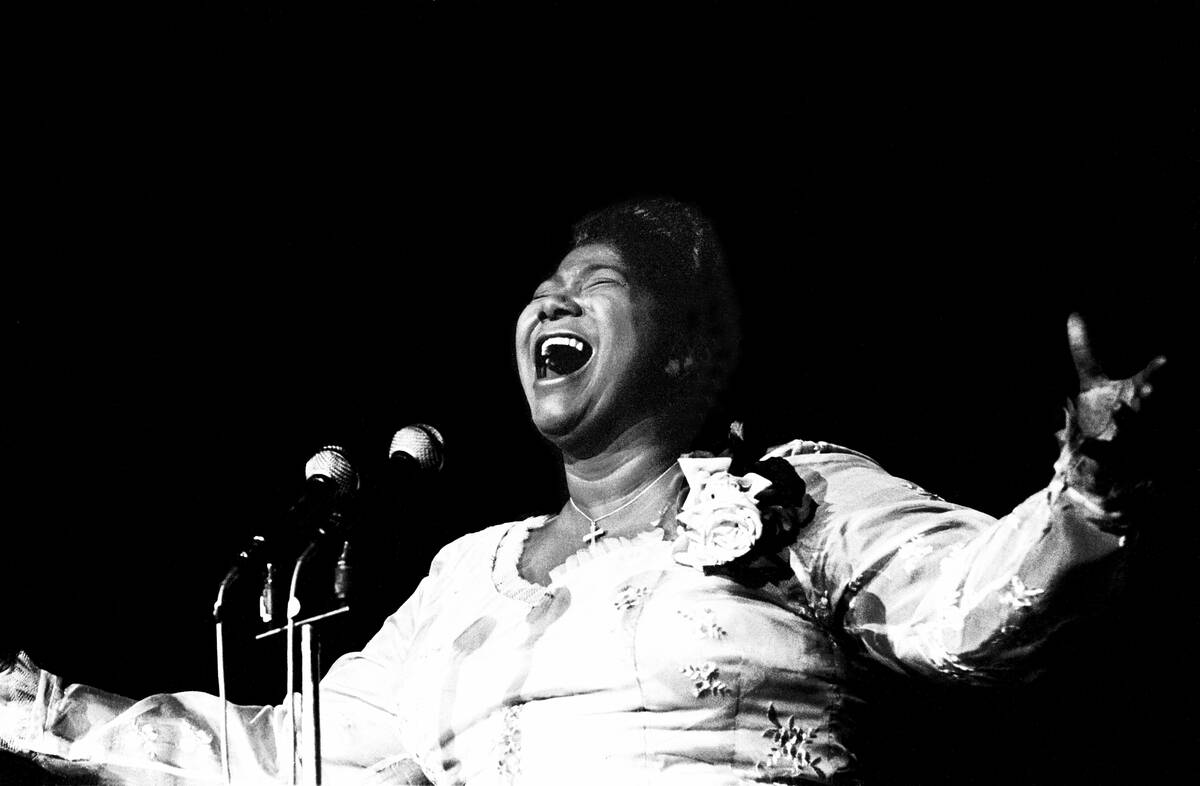
Gospel music, with its roots in African American religious traditions, has profoundly influenced many music genres. Its uplifting melodies and powerful messages of hope resonate with audiences worldwide. Gospel legends like Mahalia Jackson used their voices to inspire and bring people together through music.
Mahalia Jackson: The Queen of Gospel
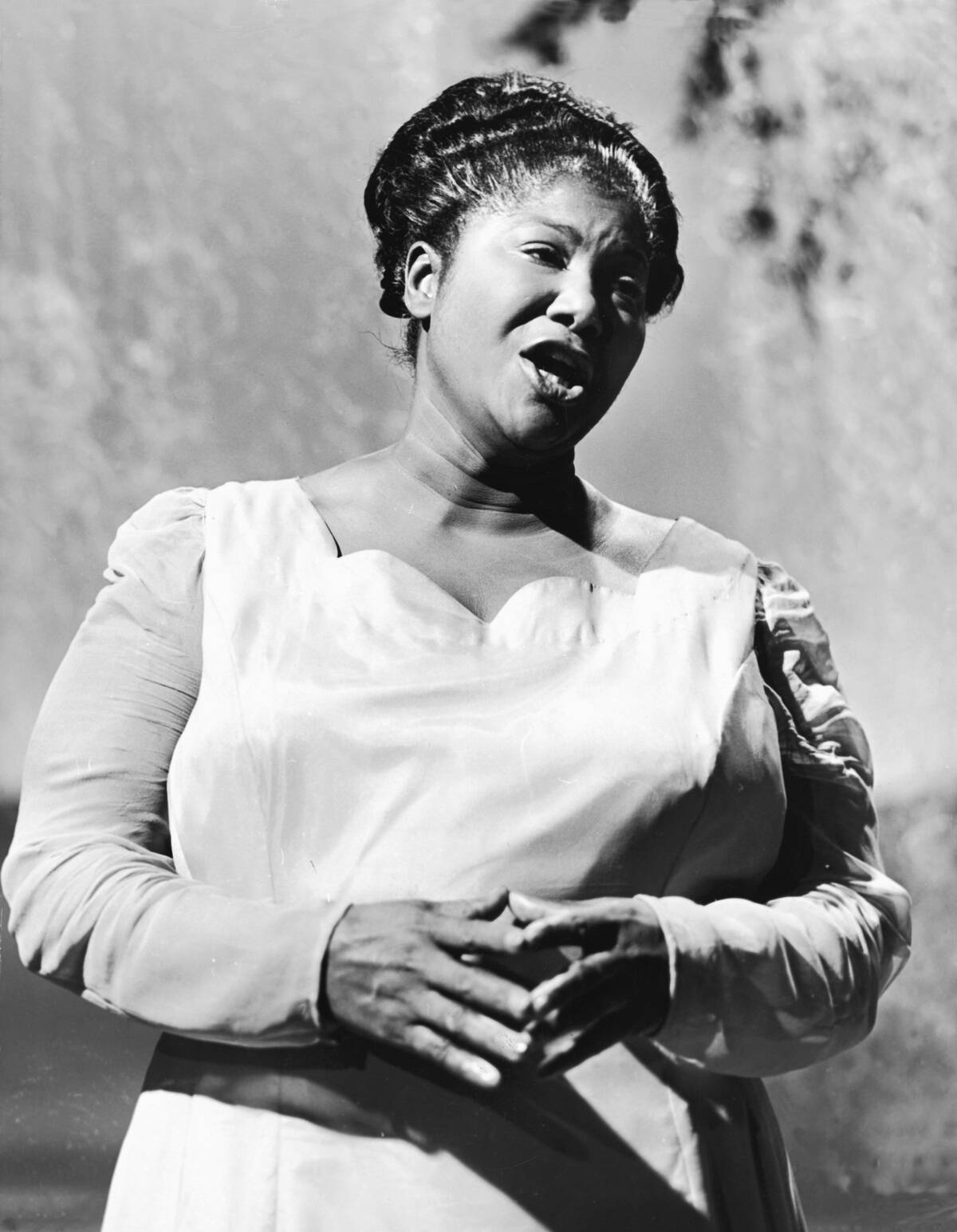
Mahalia Jackson’s powerful contralto voice made her the “Queen of Gospel.” Her rendition of songs like “Take My Hand, Precious Lord” touched audiences deeply. Jackson’s influence extended beyond music, as she became an important figure in the civil rights movement, using her platform to advocate for equality and justice.
The Big Band Era and Its Stars
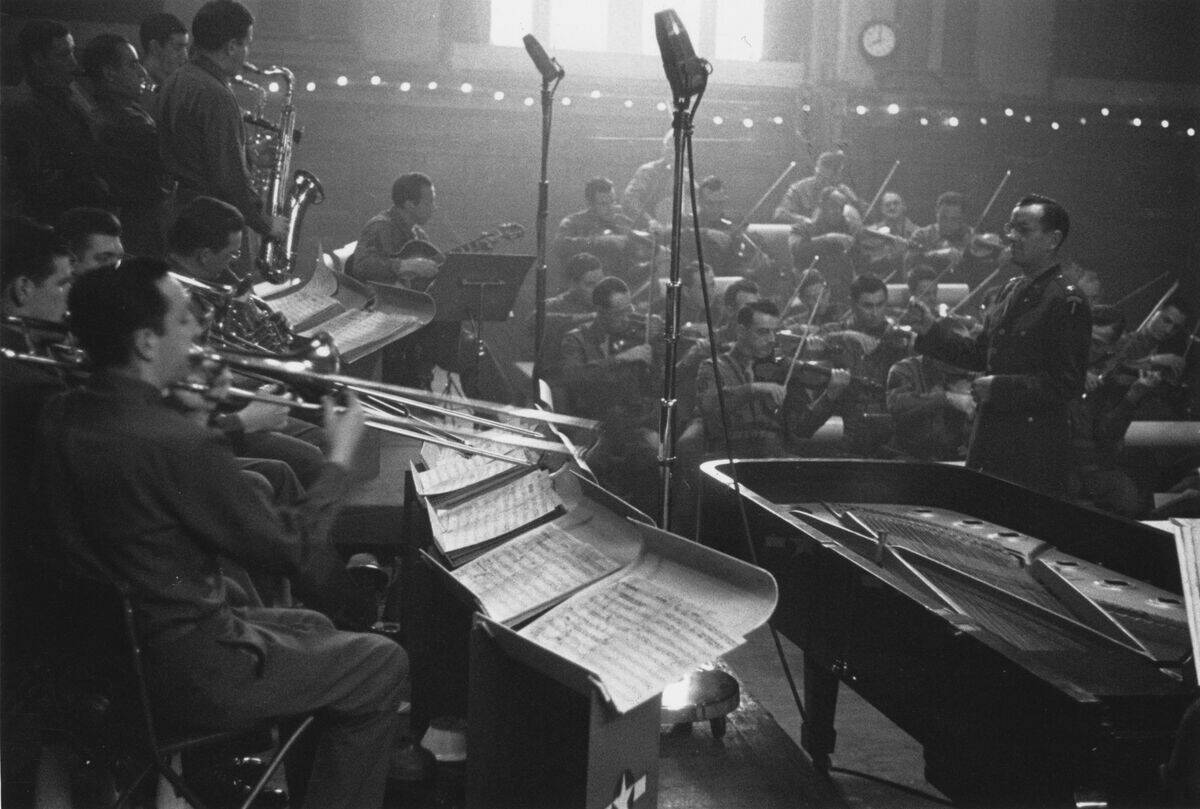
The Big Band era brought a new sound to the 1930s and 40s, with swing music dominating the airwaves. Stars like Glenn Miller and Benny Goodman led orchestras that filled dance halls with their infectious rhythms. This era’s music continues to evoke nostalgia and remains a popular genre for dance enthusiasts.
Glenn Miller: The Big Band Leader
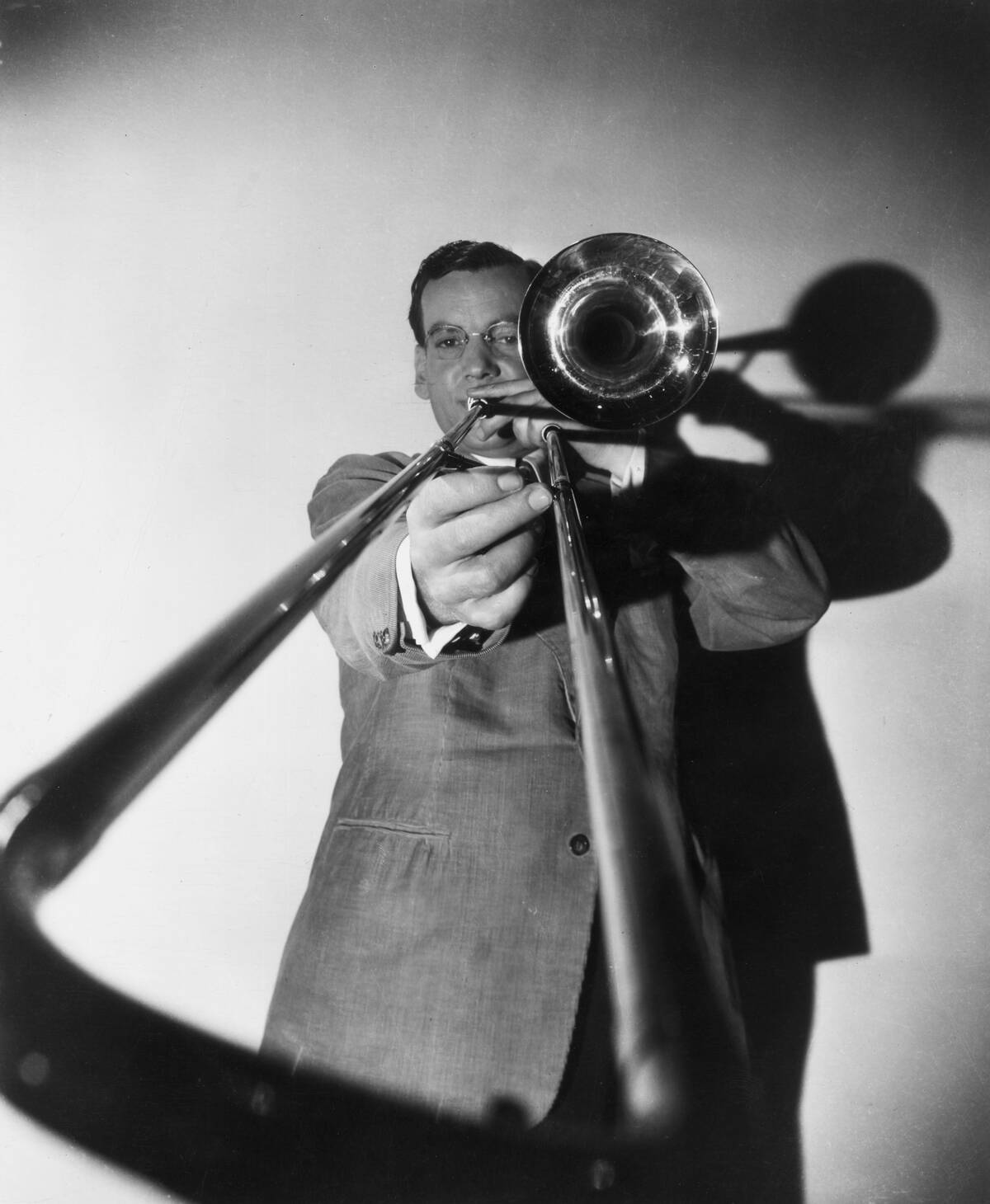
Glenn Miller’s orchestra became synonymous with the Big Band sound, producing hits like “In the Mood” and “Chattanooga Choo Choo.” Miller’s meticulous arrangements and smooth melodies captivated audiences. His music’s timeless appeal keeps the spirit of the Big Band era alive, celebrated by fans old and new.
Benny Goodman: The King of Swing
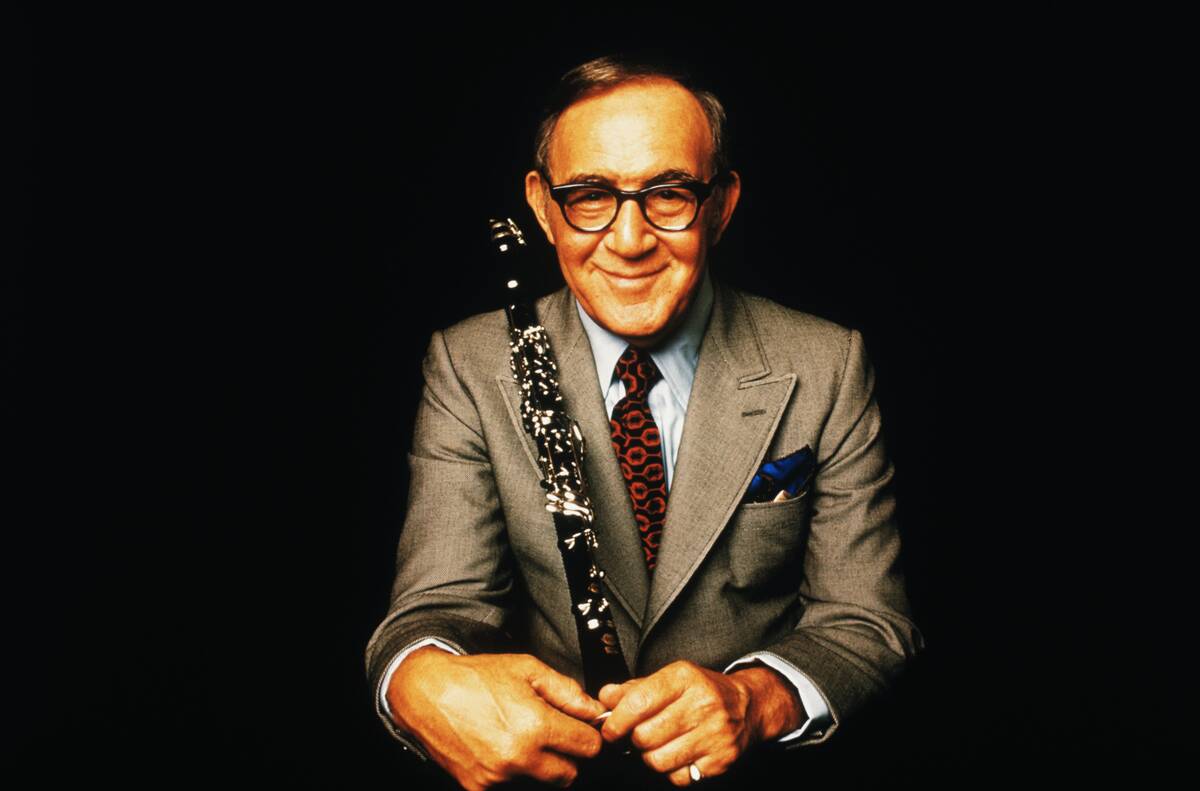
Benny Goodman, known as the King of Swing, was a clarinet virtuoso and bandleader whose music defined an era. His 1938 concert at Carnegie Hall was a landmark event, showcasing jazz as a respected art form. Goodman’s ability to blend classical and jazz elements helped elevate the genre’s status worldwide.



